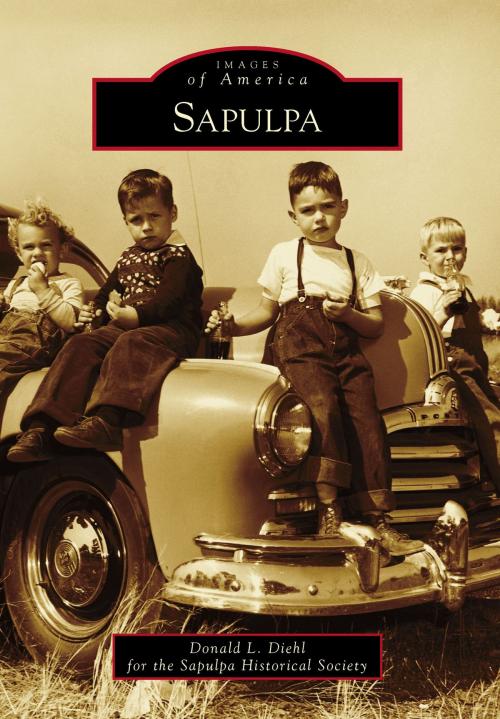Sapulpa
Nonfiction, Travel, Pictorials, Art & Architecture, Photography, History, Americas, United States| Author: | Donald L. Diehl for the Sapulpa Historical Society | ISBN: | 9781439660690 |
| Publisher: | Arcadia Publishing Inc. | Publication: | May 29, 2017 |
| Imprint: | Arcadia Publishing | Language: | English |
| Author: | Donald L. Diehl for the Sapulpa Historical Society |
| ISBN: | 9781439660690 |
| Publisher: | Arcadia Publishing Inc. |
| Publication: | May 29, 2017 |
| Imprint: | Arcadia Publishing |
| Language: | English |
Sapulpa is named after a young Creek Indian who came to the area around 1840 and opened a trading post near Pole Cat Creek. Sapulpa's arrival in Indian Territory was independent of the famed "Trail of Tears," a term used for the federal government's forced removal of Creek (Muskogee) and other tribes from their southern homelands in the 1830s. The area that would become the Creek Nation is a small part of the land acquired by the United States after the Louisiana Purchase in 1803. At one time, Spain, England, and France each laid claim to Oklahoma. Trails, rails, and oil; bricks, clay, and glass; and streetcars, highways, and automobiles are all parts of the historic community of Sapulpa. The diverse people who came to the area--Indians, cowboys, railroaders, settlers, loggers, farmers, wildcatters, oilmen, businessmen, manufacturers, workers, and dreamers--recorded the town's story, as captured in photographs, beginning more than a century ago. Sapulpa was and remains a crossroads in more ways than one.
Sapulpa is named after a young Creek Indian who came to the area around 1840 and opened a trading post near Pole Cat Creek. Sapulpa's arrival in Indian Territory was independent of the famed "Trail of Tears," a term used for the federal government's forced removal of Creek (Muskogee) and other tribes from their southern homelands in the 1830s. The area that would become the Creek Nation is a small part of the land acquired by the United States after the Louisiana Purchase in 1803. At one time, Spain, England, and France each laid claim to Oklahoma. Trails, rails, and oil; bricks, clay, and glass; and streetcars, highways, and automobiles are all parts of the historic community of Sapulpa. The diverse people who came to the area--Indians, cowboys, railroaders, settlers, loggers, farmers, wildcatters, oilmen, businessmen, manufacturers, workers, and dreamers--recorded the town's story, as captured in photographs, beginning more than a century ago. Sapulpa was and remains a crossroads in more ways than one.















